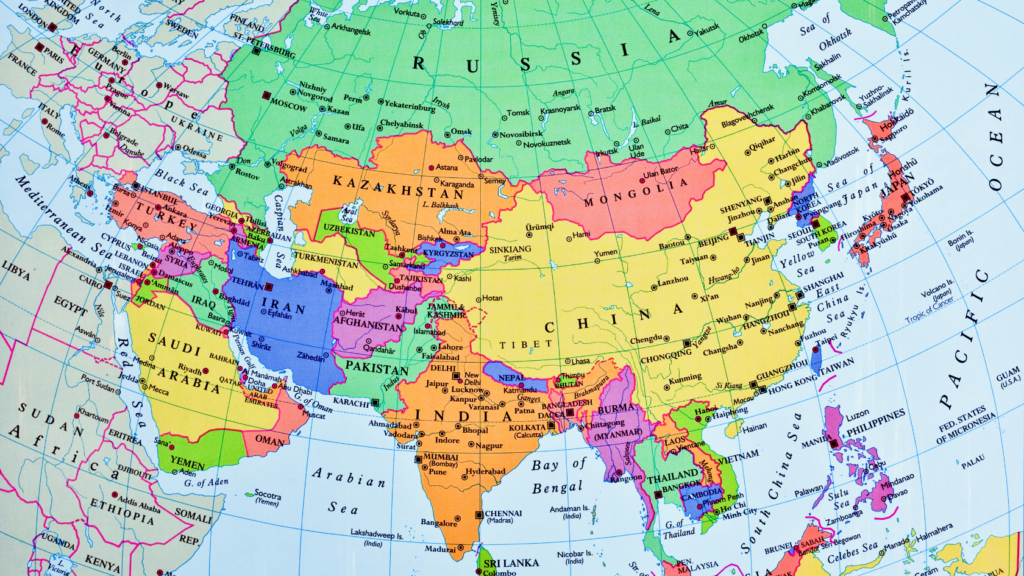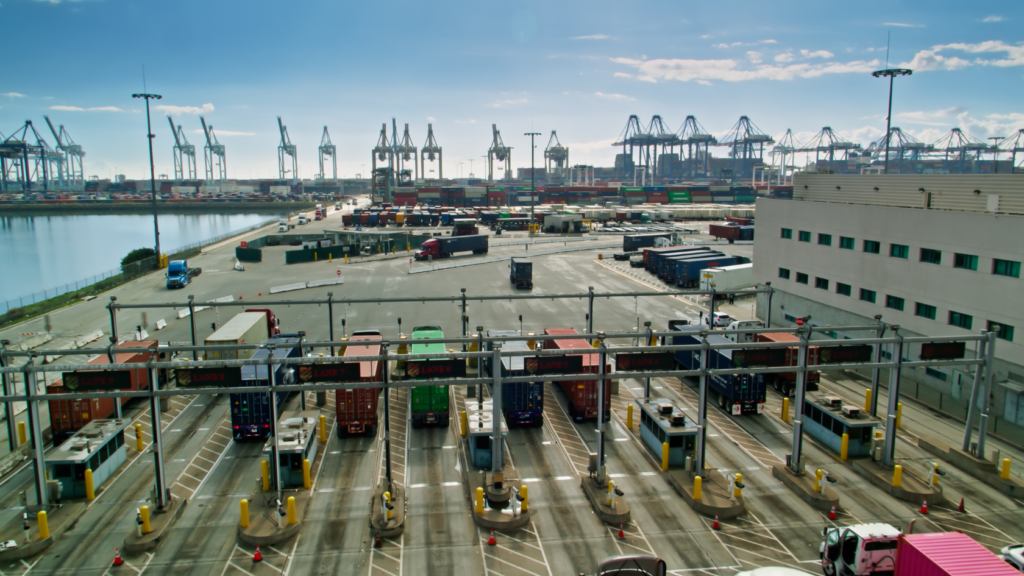Trade Agreements, Market Turnaround, and Import Gains.
Your weekly All-Ways round-up of Supply Chain news.
Big Deals
Biden recently visited India and Vietnam to expand trade deals and strengthen alliances.
The U.S. is not looking to decouple from China but rather to create a more stable base in the Indo-Pacific by befriending countries that pose less of a geopolitical and security risk.
India
The Office of the U.S. Trade Representative believes that these friendshoring efforts “opens a new chapter of bilateral cooperation that will deepen the trade relationship between the United States and India.”
The U.S. has been working steadily over the past few years to increase its relationship with the world’s most populated country.
Vietnam
The U.S. and Vietnam “continue to deepen cooperation” to advance bilateral trade between the countries. Discussions are in the works to resolve longstanding issues like economic reforms, exchange rate management, labor rights, and intellectual property rights.
The U.S. will further develop Vietnam’s semiconductor ecosystem, regulatory framework, and workforce and infrastructure.
IMEC
The U.S. is also establishing an India-Middle East-Europe Economic Corridor with India, the European Union, Saudi Arabia, and the United Arab Emirates “that will secure regional supply chains, increase trade accessibility, improve trade facilitation, and support an increased emphasis on environmental, social, and government impacts.”
IMEC trade will be facilitated by -
➡️ Building a railroad
➡️ Laying cables for electricity and digital connectivity
➡️ Running a pipe for clean hydrogen exports.
Officials will meet in the coming months to discuss the details and timelines of this project.
Back to School
Confidence is running high for back-to-school and the upcoming holiday season.
This year’s back-to-school shopping season is reportedly going to be bigger than pre-pandemic with an expected spending of $41 billion from $26 billion in 2019, according to the National Retail Federation.
Import cargo volume in main U.S. ports will hit 2 million TEUs during September and October.
This might be indicative of a market turnaround for the supply chain as the back-to-school rush increases demand for shipping containers. However, economic factors and changes in trend for holiday shopping could dampen consumer confidence.
“If you look at the U.S., the market looks relatively upbeat. U.S. inflation is expected to remain relatively stable at 0.2 percent month-on-month, coupled with a strong labor market. Jobless claims are still at relatively low levels, and retail spending is slightly increasing. All those points towards a soft landing,” co-founder and CEO of Container xChange, Christian Roeloffs stated.
Influx in Imports
There was an ever-so-slight influx in import volume from July to August at a 0.4% annual increase or 2,196,268 TEU. There was an annual decline of 13.2% and a 2.5% increase in comparison to August 2019. Import declined 2.1% on a year-to-date basis compared to the same period in 2019.
This report from Descartes demonstrates that key supply chain challenges have somewhat stabilized in 2023.
“In August 2023, U.S. container import volume increased slightly compared to July 2023, which is fairly consistent with the rise that occurs in peak season in non-pandemic years,” Chris Jones, EVP Industry Descartes, wrote in the report. “Despite the volume increase, port transit times remained close to their lowest levels since Descartes began tracking them. The U.S. West Coast labor situation is resolved. While the Panama drought is impacting some types of shipping, U.S. container imports do not appear to be affected to date. The September update of the logistics metrics Descartes is tracking shows continued consistency with 2019 results and signs that key challenges to global supply chain performance in 2023 have stabilized.”




